Humanising the workplace
Bruce Kennedy shares his views on the adaptability office spaces around the world as workers embrace the transition from office to home working.
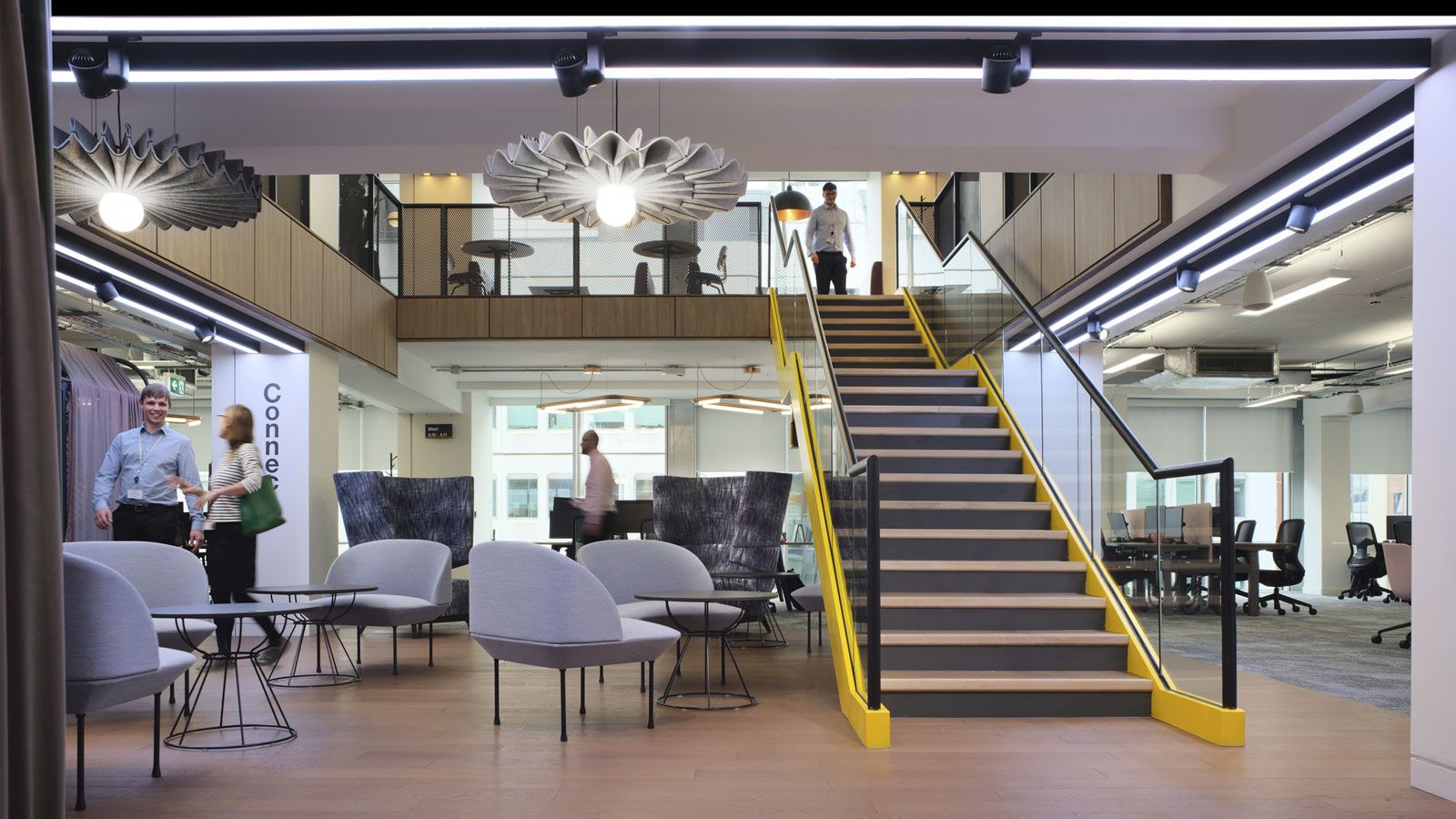
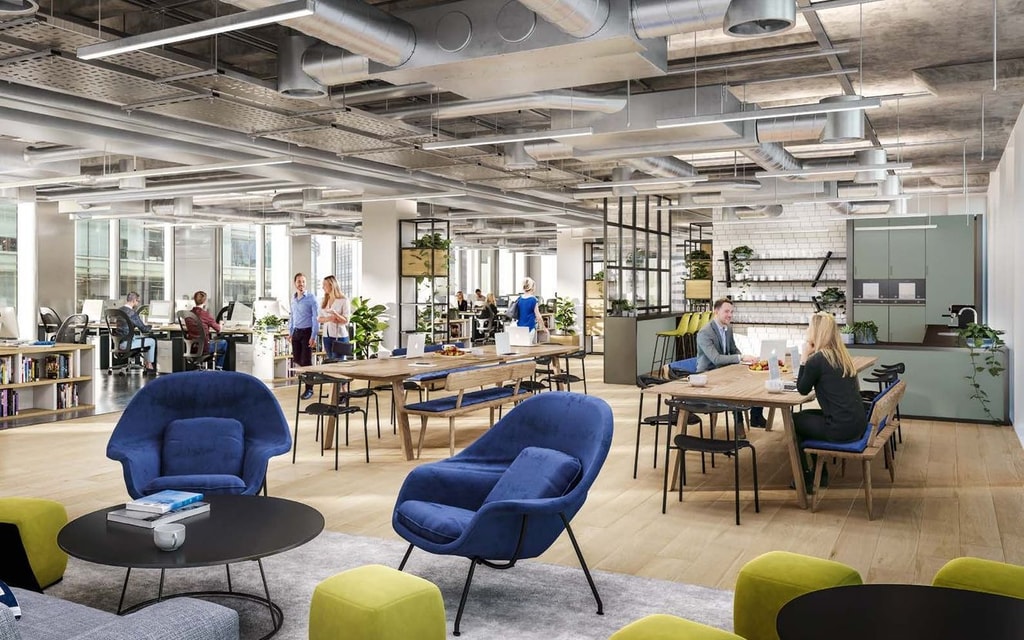
As a designer of workplaces, I have been fascinated by the adaptability of millions of people around the world as they embraced the transition from office to home working, and by the ongoing debate that surrounds hybrid working environments.
The dominance of face-to-face contact was challenged by the evidence of human resourcefulness when we were compelled to collaborate at a distance, and a positive legacy of solutions developed during lockdown is our willingness to curtail travel to and for work to protect our own health and that of the environment.
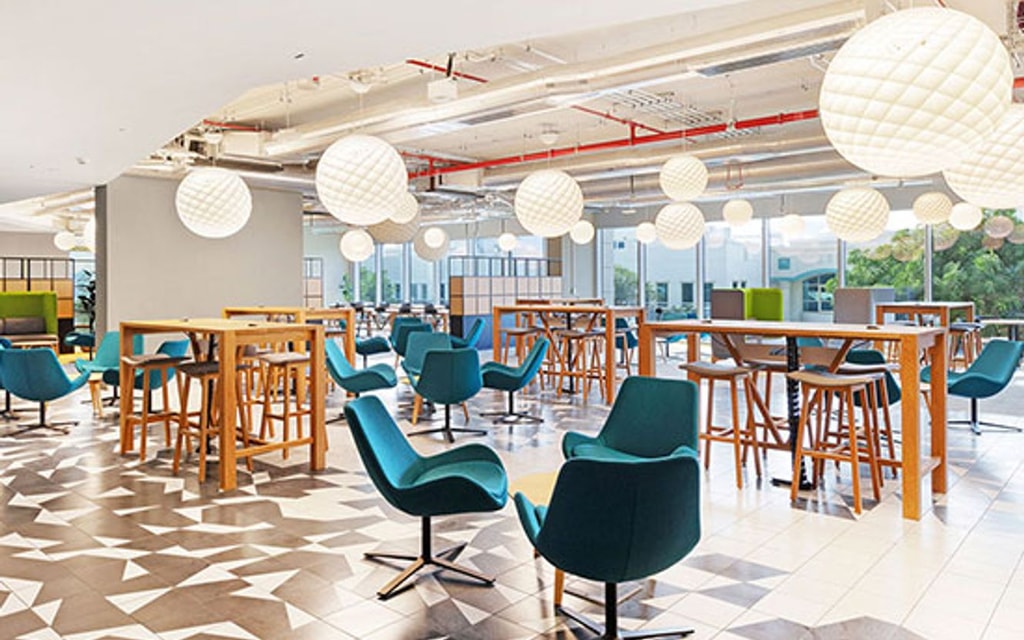
The pandemic has been a catalyst in a process of change spanning the first decades of the new century that have witnessed the emergence of dominant evolutionary forces acting on the culture of work - issues like equality, diversity and inclusion. Whilst Millennials and Gen Z are widely credited with championing these values, in truth the swing away from a culture of work rooted in bias, gender inequality, oppressive hierarchies, and inflexibility, is a welcome cross-generational shift, mirroring wider societal progress.
As high streets and shopping centres are finding to their cost, we exercise choice over how and where we choose to spend our leisure time: we are not afraid to vote with our feet to seek-out engaging environments that support the lifestyles we aspire to follow. It’s no surprise then, that we are increasingly unenthusiastic about working for employers who consider regimented desks, flat lighting, colourless meeting rooms, and tea points offering instant coffee, adequate to meet our human needs.
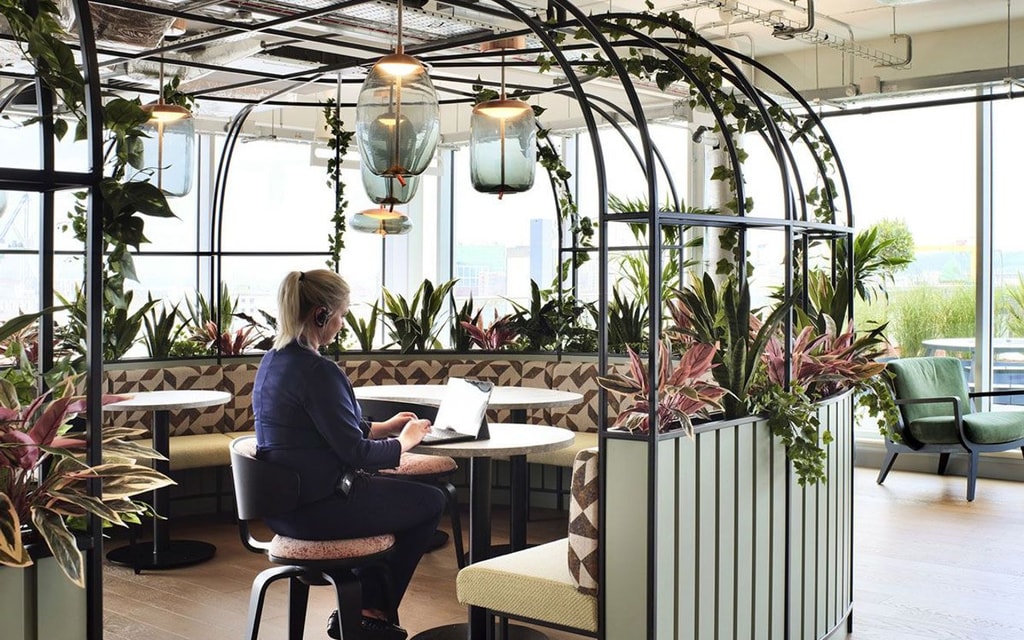
As designers, we set the direction for the design of progressive education environments by responding to consultation that tells us how we should design schools, and we engage with pedagogical changes that dictate the design of universities. Our designs fuse learning, research, and social spaces into a seamless whole. This supports a lifestyle of learning, work and leisure together, rather than discrete activities separated by place and time.
Students emerging into the world of work from these new educational environments expect workplaces to offer a similar fusion of work, personal development, flexibility and social connectivity, in spaces that are not mono-functional but offer choice.
Young people now look for role models from their own generation - Greta Thunberg and Malala Yousafzai - as enablers of environmental and societal change: so it’s no surprise that they will not accept business as usual in the workplace when progressive movements are defining new values for business.
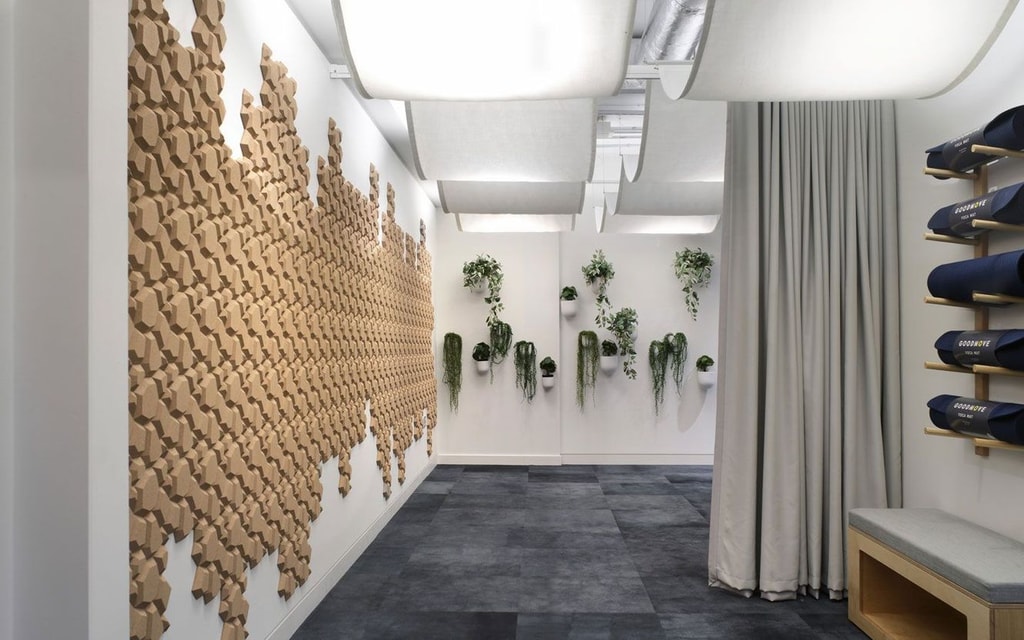
A recent report by Oracle concluded that a sense of kinship, resulting in a feeling that they work in an inclusive and diverse workplace, is now more important to a younger generation than pay and benefits.
According to research by student accommodation provider Liberty Living, Glasgow and Edinburgh are highly rated on atmosphere, amenities and transport links helping them retain 51% of new graduates - more than any other UK city. The expectations of this valuable workforce must be considered by workplace developers and designers if the spaces they offer are to attract and retain the best talent for employers who will purchase or lease them.
Designs for progressive clients like Barclays, Google, AstraZeneca and PwC, respond to the climate emergency, reflect company values, and are an overt expression of their commitment to Corporate Social Responsibility. This people-centered approach supports staff retention, productivity and wellbeing.
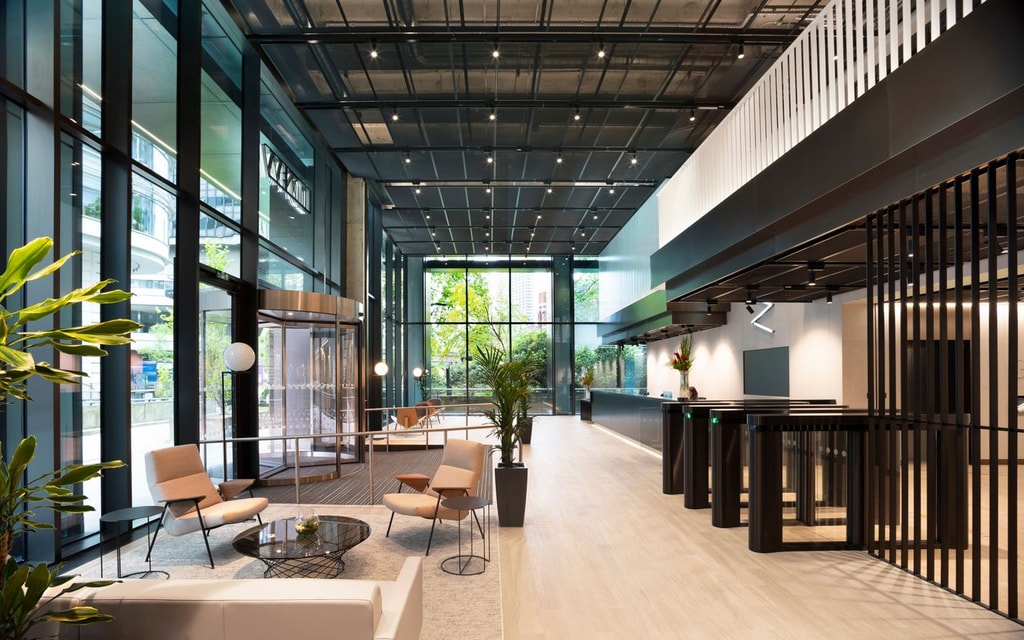
New workplaces offer spaces that mimic cafés and hotel lobbies, facilitating casual meetings and touch-down for clients. They incorporate running tracks, rooftop parks promoting wellbeing and biodiversity, and even urban farms that produce fresh food for in-house cafes.
The secret to the success of built and future developments like Google London at King’s Cross or Barclays’ Glasgow Campus is, in part, thanks to the recognition that high-quality, active public realm breaks-down thresholds, integrating the workplace into the wider civic and social fabric of the city.
The shift to hybrid and remote working has potential to restore our work life balance, and gives us cause to reflect on our need for social interaction. We are at our most effective when we collaborate with others in teams, families, and communities, and that means we are deserving of workplaces that inspire creativity, celebrate our collective humanity, and allow us to thrive.